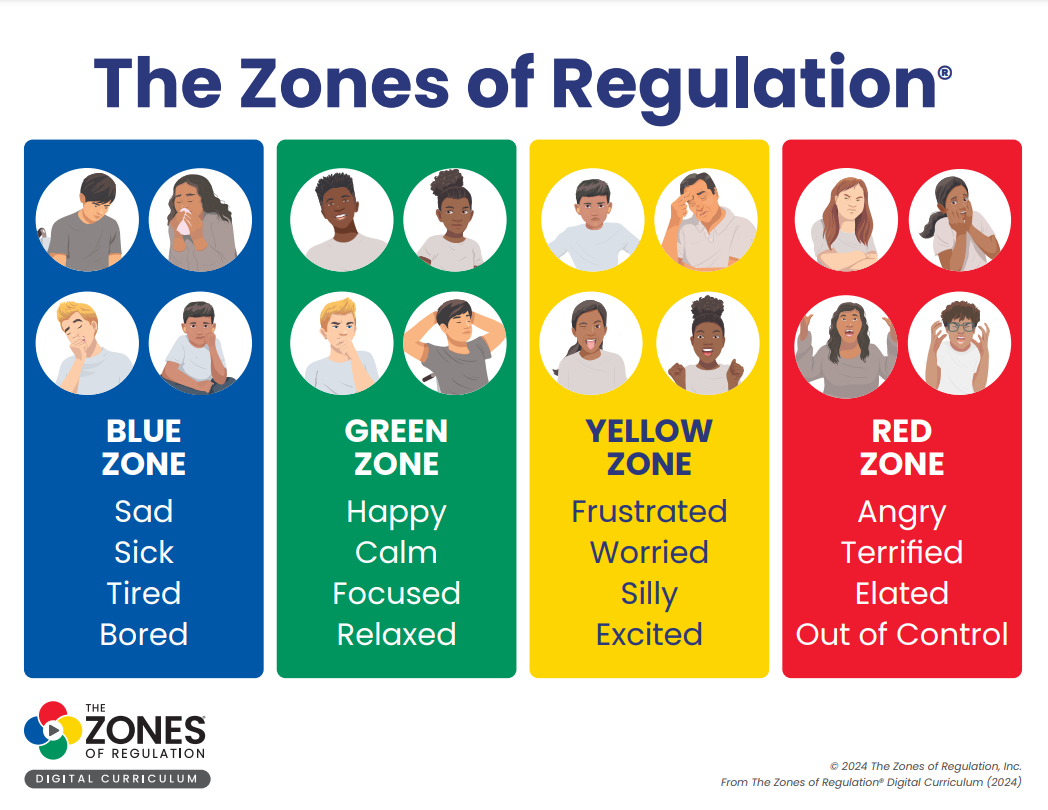Wellbeing and Mental Health
What is WAMHS?
The Wellbeing and Mental Health in Schools (WAMHS) project is an initiative led by the CAMHS Alliance with the support of the Children and Young People’s Integrated Commissioning work stream in City & Hackney.
This innovative service aims to improve mental health and wellbeing support for children and young people in schools, colleges, specialist and alternative provision education settings in City & Hackney.
Grazebrook Primary School is part of the WAMHS project which supports our aims to improve wellbeing and mental health support by giving us access to a mental health practitioner, known as a CAMHS Worker in School (CWIS). The CWIS meets regularly with children, teachers, support staff and senior leaders to monitor, support and promote well being in the school.
For more information on WAMHS in schools, click here.
At Grazebrook, Our CWIS is Emma Fitzgerald, a Clinical Psychologist. She is in our school on alternating Thursdays. She supports the school to increase awareness and knowledge in identifying and supporting our students’ mental health difficulties. She provides regular training to our staff to recognise early signs of mental health difficulties, She supports the teaching team in managing the effects these difficulties can have in school settings. She is available to parents and carers and can offer advice to parents and/or staff with concerns about any pupil. If you wish to book an appointment with her, please contact the SENCo at astockbridge@newwavefederation.co.uk She will also be in the playground at pick up time on alternating Thursdays so come and say hello!
Oluwatobiloba Sowemimo (Education Mental Health Practitioner) will be at Grazebrook every Tuesday afternoon. She offers workshops and targeted focused evidence-based support to young people who are experiencing mild to moderate difficulties with their emotional well-being. These interventions are delivered:
- as groups
- to their parents/carers
Zones of Regulation
How do we help children manage their emotions at Grazebrook Primary School?
At Grazebrook Primary School, we encourage children to regularly “check in with their emotions”. We use the Zones of Regulation to identify and talk about how we are feeling. This approach supports the use of a consistent shared language to discuss emotions.
Emotions are grouped into four colour zones which represent different groups of feelings. We teach our children that all emotions are part of the natural human experience and that we all experience these emotions throughout the day. Through our use of the Zones of Regulation, our children are encouraged to:
-
Recognise and name their emotions
-
Express their emotions in a healthy way
-
Share with an adult/peer how they are feeling
-
Use strategies to support them to regulate their emotions
-
Understand the emotions of others
-
Begin to develop empathy
-
Develop their emotional intelligence
-
Help their friends and peers to recognise and name their emotions

The zones can be compared to “Traffic Lights”.
-
When you are in the Green Zone you are “good to go and ready to learn”.
-
A yellow sign means be aware/ caution
-
A red light/stop sign means stop. Use your strategies to get back to the green zone.
-
The Blue Zone can be compared to a rest area sign. You may need to rest or re-energise
How do we use these Zones at school?
Every classroom has a zones display in their “Calm corner”. All adults model using the language of zones to talk about their feelings and the strategies they use to regulate. Teachers do regular “check ins” with their classes. They teach their class strategies to regulate their emotions such as movement breaks or mindfulness activities. Support staff might do individual zones of regulation “check-ins” with some children to support them to regulate their emotions and develop strategies to look after their wellbeing.
How can you help your child at home?
-
Talk to your child about how they are feeling, help them to label and name their emotions
-
Identify your own feelings using Zones language in front of your child (e.g. I’m frustrated because I can’t find my keys; I am in the yellow zone)
-
Talk about how your body feels when you experience different emotions. (e.g. my hands are trembling, I must feel nervous)
-
What are the physical feelings behind the emotions (butterflies when we are nervous or excited) Recognising emotions is the first step to regulating them!
-
Discuss why they are feeling a certain way, has anything happened?
Consultations with our WAMHS consultant. Email astockbridge@newwavefederation.co.uk to book an appointment.
